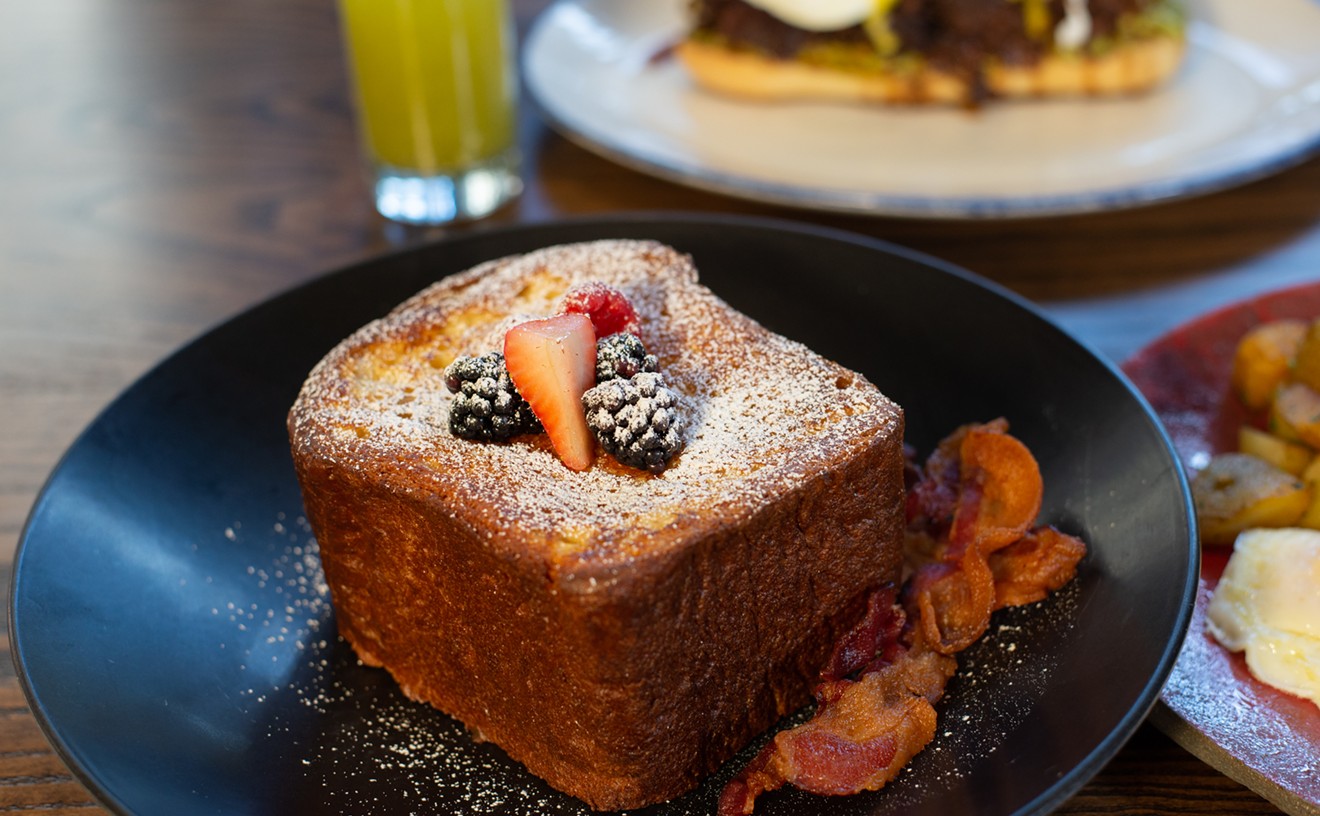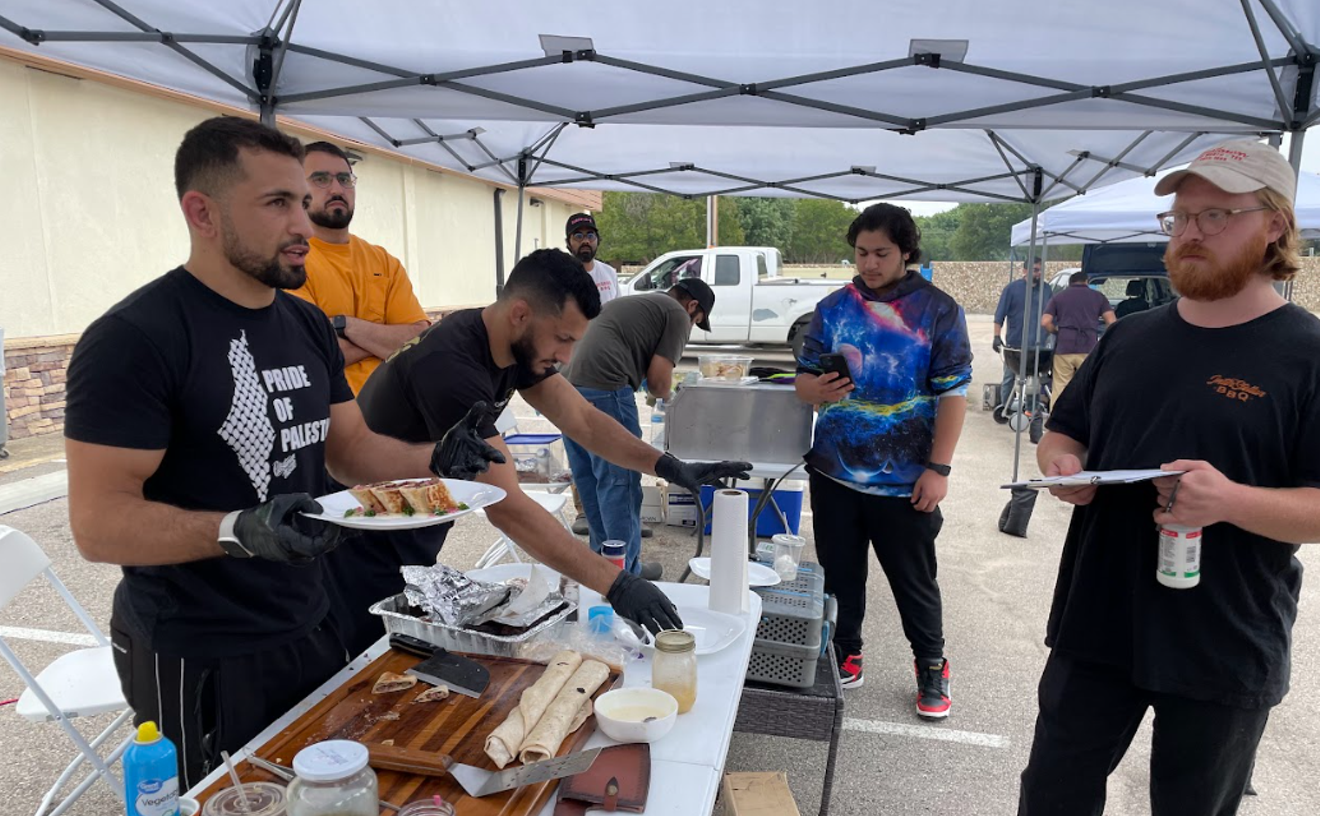On The Range is a weekly exploration of the history and lore of Texas menu items.
Steamed, not smoked.
According to Rick Bayless, chef extraordinaire and author of Mexico: One
Plate at a Time, that's the primary difference in preparing Mexican barbacoa
and traditional Texas barbecue.
True, barbacoa is slow-cooked like its Lone
Star counterpart. But the pits are underground and a soup pot filled with a
watery mix of vegetables, herbs, and chiles forms the first layer in a long process. A grate is placed on top of the pot and the meat--wrapped in maguay leaves--is arranged on this before pit is sealed, "leaving the
soup's steam to tenderize the meat while the meat juices flavor the soup."
What type of meat is used? As is so often the case with Mexican cuisine, it
depends on where you live.
In their article, "Barbacoa Simplified," food
writers Charlie Baggs and Josh Gordon note that in northern Mexico, "beef
cheeks---or an entire cow head (barbacoa de cabeza)---form the basis of
barbacoa, while in central Mexico, the meat would most likely be lamb or
goat. In the Yucatan region, you'll find pit-style pork called cochinita
pibil. Baggs and
Gordon add that since digging pits in the ground may be impractical or in
violation of health codes, in the States the meat is often braised in the
oven, which "replicates the moist-heat cooking method, but doesn't deliver
the true smoky flavor of Mexican barbacoa."
In their own recipe, the authors
suggest using a combination of ancho and chipotle chiles to compensate for
the lack of smokiness.
Bayless argues that more than smokiness is lost by the absence of a pit. Diners also lose the sense of community so vital to Hispanic culture.
As he puts it, "In the smoky, steamy heat of this underground oven, the flavors of terroir
fuse with those of flaming leaves, smoky embers, and roasting meat. Hours
later, when the guests have assembled, the unearthing of the pit-cooked meat
becomes a drawn-out moment, the culmination of shared, festal anticipation
that's woven into the flow of Mexican life, Mexican history."
Strangely enough, the term barbacoa is neither Texan or Mexican in
origin,
but rather comes to us from one of the indigenous peoples of the
Caribbean. The Tainos were pretty much wiped out by European diseases
introduced by settlers, with the unfortunate survivors eventually
succumbing to the difficulties of life as slave to Spanish conquerors.
Luckily (for us, not the Tainos), barbacoa came through the slaughter--and is
very much alive and well in the Dallas area today at such establishments as
Plano's Empanadas N More.
Besides boasting more than two dozen types of
empanadas, the Benavides family serve Mexican barbacoa tacos for lunch
with rice, beans, and tortillas for a very reasonable price. The only
thing missing is Bayless' weaving of festal anticipation.










